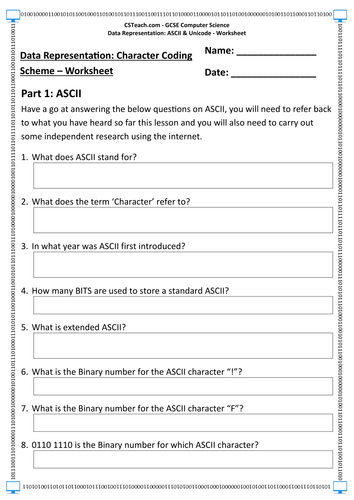The Computer Science Teacher
Here you will find a collection of resources for use in Computer Science lessons across Primary, Secondary and Sixth Form and schools. Computer Science is becoming a much more recognised and appreciated subject and students across the country are getting involved. Hopefully some of the resources available here will help you with the teaching of Computer Science at your school.























